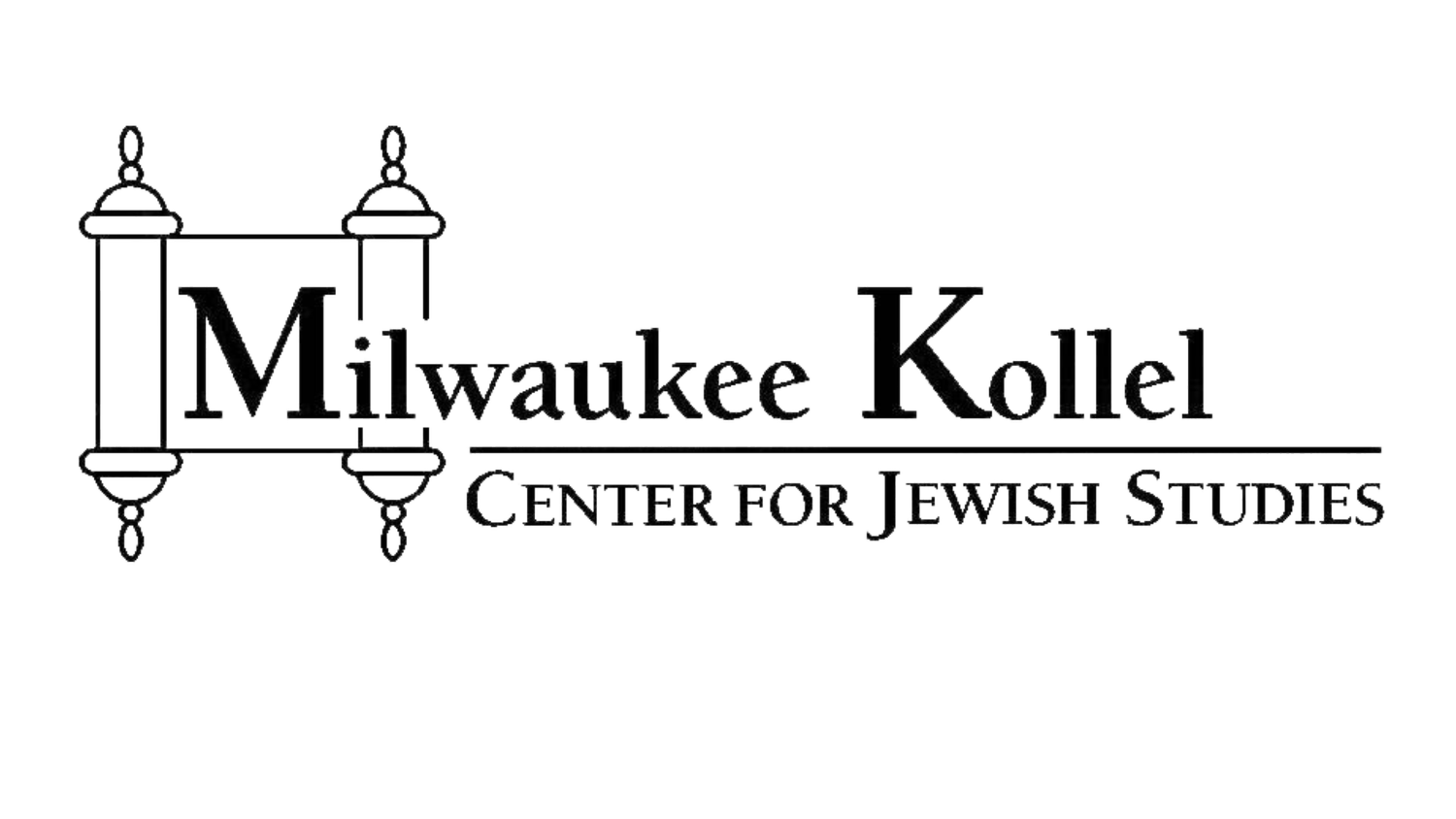Parshas Bo: Locusts and Shabbos
Rabbi Yitzchak Lubchansky
ויעל הארבה על כל ארץ מצרים וינח בכל גבול מצרים וגו׳
“The locusts rose upon the entire land of Mitzrayim and they rested within the borders of Mitzrayim…” (Shemos 10:14)
The Ba’al Haturim quotes a fascinating Mesorah on this pasuk. We find the word וינח in the context of the plague of locusts, and we find it in the Aseres Hadibros by Shabbos, where it says וינח ביום השביעי, and He rested on the seventh day. This connection reflects the words of Chazal who say that the locusts rested from their destruction on Shabbos. What is the significance of this phenomenon? Furthermore, what is the Torah teaching us here that we can apply to our Avodas Hashem?
In his Sefer Magen Avraham, the Trisker Maggid זי״ע writes several explanations about how the ten plagues correspond to the ten Sefiros and how each of them specifically targeted the corruption of the Mitzrim in that attribute. The plague of locusts corresponds to the Sefira of Binah. The simple translation of Binah is understanding. The commentaries in Mishlei explain that Binah reflects the ability to understand concepts on a deeper level via comparison and other analytical methods, as opposed to Chochma which is the attainment of knowledge. Binah is metaphorically referred to as a “mother” (see Targum and Minchas Shai to Mishlei 2:3). The Sifrei Kodesh tell us further that the concept of Teshuva is rooted in Binah. In order to properly do Teshuva, it is not enough to merely know what we have done wrong. We need to understand the ramifications of our deeds and the extent of the damage that we cause when we stray. The Trisker Maggid writes that when we do Teshuva properly, we transform the judgment against us into Divine Kindness. The Mitzrim did not use their Binah properly, and as a result, they suffered tremendously from the judgments against them from Shamayim.
The Sifrei Kodesh (see Pri Tzadik Shemos 8, Revid Hazahav Parshas Lech Lecha) tell us that Shabbos provides a unique opportunity in our constant process of Teshuva; it is a time to reflect on our actions of the week, recognize our accomplishments and understand where we need improvement in order to enhance our service of the Ribono Shel Olam in the coming week. The Teshuva of Shabbos is consistent with the other practices of the holy day of rest and delight. It is not meant to overwhelm us with depressing or negative thoughts. Instead, our reflection is a springboard to reach higher in our Avodas Hashem. The Medrash (brought in Tosafos, Shabbos 113b) relates that R’ Shimon had an elderly mother who was exceedingly talkative on Shabbos to the point that he had to remind her that it was Shabbos in order to quiet her. The Tzadikim explain that this “mother” is referring to Binah. R’ Shimon was overwhelmed with harsh thoughts of Teshuva, which is rooted in Binah as we explained, and he reminded himself that it was Shabbos, which has a different flavor of Teshuva.
With this we can try to understand the connection between the locusts and Binah and why they rested on Shabbos. The pasuk in Iyov (39:20, see Ibn Ezra) tells us that locusts are extremely noisy. In addition to the widespread destruction of the produce and vegetation throughout the land of Mitzrayim, they certainly tortured the Mitzrim with their din (pun intended). On Shabbos, however, the locusts rested, and the Mitzrim had the opportunity to use Binah properly, reflecting on what had befallen them, something they had not done until this point. The tranquility of Shabbos Kodesh provides us with a similar opportunity. We are able to tune out the noise of the world and focus on constructive introspection. With Siyata Dishmaya, we can utilize the special gift of Shabbos as a time to constructively analyze ourselves and focus for improvement in the service of the Ribono Shel Olam.
